We are at the beginning of a major automotive technology revolution, driven by collision avoidance technology and advanced driver assistance systems (ADAS). As the car becomes more intelligent and the networking capabilities become stronger, various related technologies will continue to reduce the inherent risks for the self-driving cars on the highway and possible distracting driving. In software-oriented transformations, programmable components such as FPGAs and SoCs are playing a central role.
Three cars, a revolution Now, in South Bay, California, you can see three cars that symbolize the worldwide trend of the automotive industry every day: the stylish Tesla Model S quietly passes; The rear window is attached to the 'U' Uber new car to pick up passengers; and the new Lexus SUV with LiDAR installed on the roof is driving along the street, while remote drivers in any part of the world are busy collecting data. These everyday observations represent three simultaneous technological trends that are dramatically breaking through the current state of the car: electrification, networking and automation. Each trend is developing at a different speed, but all three trends have one thing in common: software!
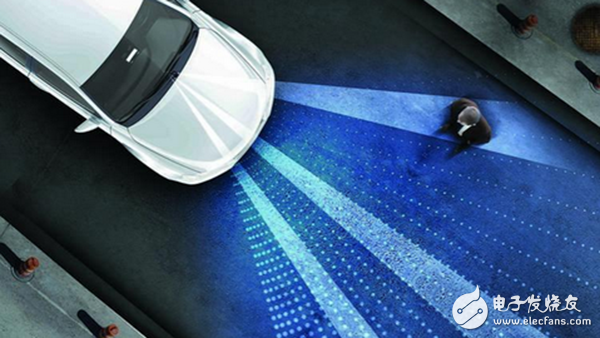
Software: Improving today, innovation has not come from the fact that since 2004, the proportion of electronic components in ordinary cars has doubled from 20% to 40%. Today's luxury cars typically contain 100 microprocessors, execute 100 million lines of software program code, and control everything from engine timing to in-vehicle infotainment systems.
We are at a point in time: software, sensors and processors bring new automotive features, not just simple conversion of traditional functions from mechanical control to electronic control. Today's ADAS systems and tomorrow's autopilot systems will rely entirely on software to understand data from sensors, cameras, the Internet, infrastructure, and other vehicles.
The complexity of the car has changed and the car's value chain has changed. The trend toward electrification, networking, and automation is simply accelerating the shift in value toward companies that provide components and software, and away from the neglected OEMs.
This transfer will have two effects. First, software will be a key market differentiation factor, forcing OEMs to shorten production cycles and support and upgrade legacy systems. Second, moving toward software helps latecomers innovate in the industry and increase access.
In a typical car equipped with ADAS, many sensors can provide electronic control units (ECUs) with data about the external driving environment to achieve applications such as avoiding frontal collisions (FCA).
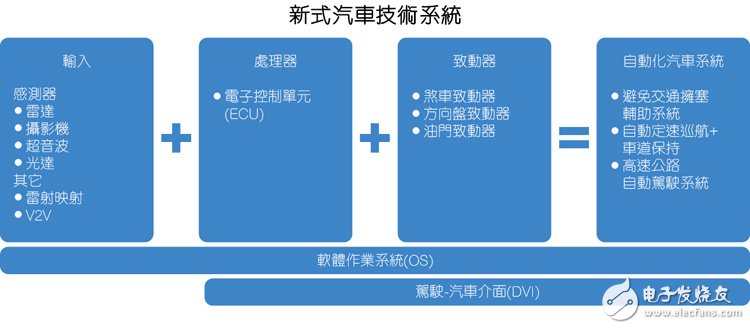
Figure 1: The basic ADAS architecture is equipped with a number of sensors that provide information about driving conditions for the ECU.
The electronic control unit then uses the software to determine if there is a threat and activates the brake actuator (or possibly other measures) to mitigate the threat.
Existing sensors for driving assistance applications are the hardware foundation of autonomous vehicles. Future sensors will be smaller, faster and cheaper. But the real difference between the current ADAS system and the future of fully automated driving systems lies in software. No matter how fast the input data can be processed, software algorithms that make cars more efficient and safer to drive than in human driving in complex driving environments remain the biggest challenge.
Programmable Components Accelerate Innovation As a bridge between communication-specific hardware and innovative software, programmable components such as Xilinx's Zynq-7000 All Programmable SoC have become the core of today's most complex ADAS systems and are rapidly becoming a shortcoming Versatile ASSP. Integrating Zynq SoC's ARM processor and FPGA logic components on the same component can help OEMs build a highly integrated, fully programmable ADAS platform that can be adapted to the automotive product line and incorporate new enhancements To the demanding and evolving user requirements.
Automotive OEMs can play the role of Zynq SoC in many platform configurations. The component can be used as a multi-sensor, multi-functional driver assistance platform, high-resolution video and graphics platform, automotive networking and networking platforms, and image processing and identification platforms.
In these applications, the user can implement the most complex and computationally intensive functional algorithms in the logic portion of the SoC and build continuous processing functions in the onboard ARM processing system.

Figure 2: The ADAS software algorithm must be able to handle the complexity of road types, speeds, and threats.
They use high-speed I/O to connect to sensors and create highly reliable connections to the car network. Users can also quickly develop the ADAS platform by leveraging the IP provided by the SoC vendor and its design tools and development environment.
The introduction of new products, such as Zynq SoC's Zynq UltraScale+ MPSoC version, enables OEMs to implement more complex fusion systems with any programmable design platform that is unmatched by any chip architecture.
Consumer adoption and diffusion Although OEMs have chosen different market strategies to launch ADAS and auto-driving functions, they have continued to launch more and more powerful ADAS vehicles almost every year since 2010.
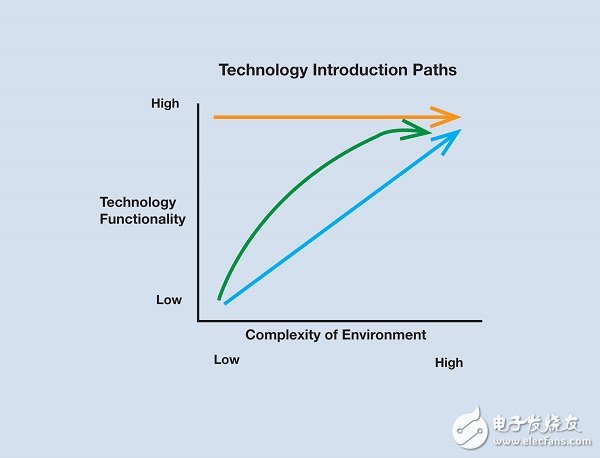
Figure 3: A simpler system such as "Avoid Traffic Congestion Assistance" will be introduced first, followed by a system that can control the car.
Now that you have been able to get an early version of this technology, how fast is the consumer adoption?
This relatively high-cost car means that the penetration rate of ADAS-enabled cars and autonomous vehicles may be slightly slower than other modern technologies, but it is still much faster than traditional cars.
As with the adoption of other new technologies, pioneers and early adopters will help deploy early deployments of ADAS cars, and once security benefits are proven and costs are reduced, they will gradually be accepted by most consumers. This means that the penetration rate comes from its advantages, not the cost.
To prove this conclusion, market consultancy Marconi Pacific conducted a consumer survey on ADAS and autonomous driving. The results show that the initial appeal to consumers is the security and convenience of this technology. Safety will be the main motivation for family adoption, as they will understand how cars equipped with ADAS avoid collisions that cause passengers to hurt or even die.
Another important motivation comes from the reuse of time. Being able to cruise at speed on the highway without having to pay too much attention on the road will be an important driving force to accelerate this demand.
Marconi Pacific has established a new technology diffusion model that is more effective in understanding the pace of introduction of this technology and consumer acceptance. This model is context-based and has many inputs. Key factors include the annual sales of automobiles, the date of introduction of ADAS technology, and the forecast of vehicle replacement.
The result is quite amazing. According to the model, by 2035, more than 50% of cars and 85% of new cars in all market segments will be equipped with ADAS cars or autonomous vehicles.
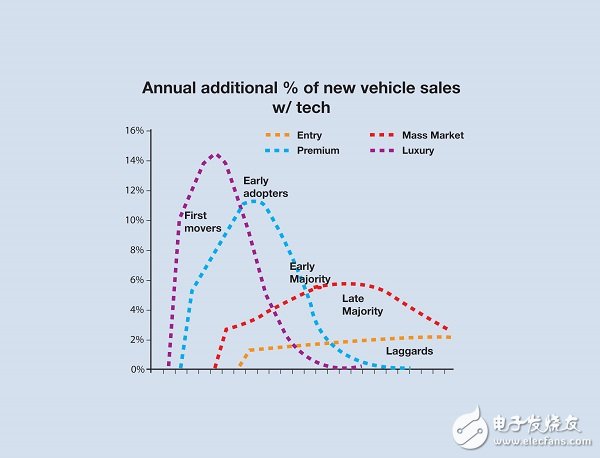
Figure 4: ADAS and autonomous vehicle (AV) technology will create another wave of sales peaks when consumers recognize the benefits of safety and convenience
Of course, different levels of ADAS and autonomous driving will have different impacts on society, including the reduction in the number of collisions per year, the impact on traffic congestion, and the impact on services such as shared or Uber.
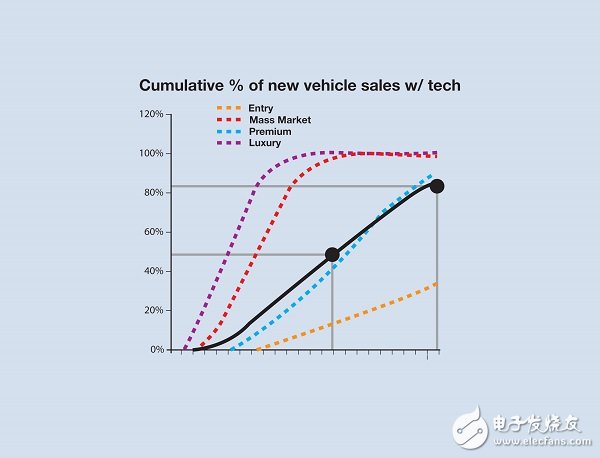
Figure 5: According to the model, the cumulative sales of ADAS/AV technology will reach 85% of total car sales in 2035.
Automotive Ecosystem Significance The automotive sector and its related industries have formed a large ecosystem that has penetrated the global economy. It can be seen from Table 1 that ADAS and autonomous driving not only have a major impact on the automobile but also on many peripheral industries.
As innovations in electrification, connectivity and automation continue to break the ground, not only do OEMs feel this wave of effects, but many other areas and businesses that have built around traditional personal cars have also felt. Companies that can quickly seize opportunities are about to succeed, and delays in importing technology will be doomed to failure.
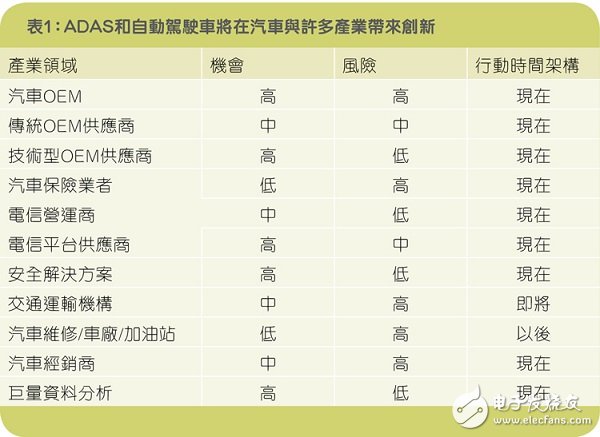
Table 1: ADAS and autonomous vehicles will bring innovation in the car and many industries
(Reference: The coming revoluTIon in vehicle technology and its implicaTIons, by Thomas Gage & Jonathan Morris)
Description
-Contact Resistance:≤50mΩ
-Insulation Resistance:≥100mΩ
-Dielectric Strength:1,500V,
-1min Electronic Life:10,000 cycles
-Operating temperature:T120
-Rating current/voltage:6A 250V AC
Features
â—† Small Compact Size, high reliability
â—† Micro contact gap,high speed operation,high sensitirity,Micro operatizon travel.
â—† Long life & high reliability
Rotary Switch,Rotary Limit Switch,Car Rotary Switch,Rotary Snap Switch
Ningbo Jialin Electronics Co.,Ltd , https://www.donghai-switch.com
